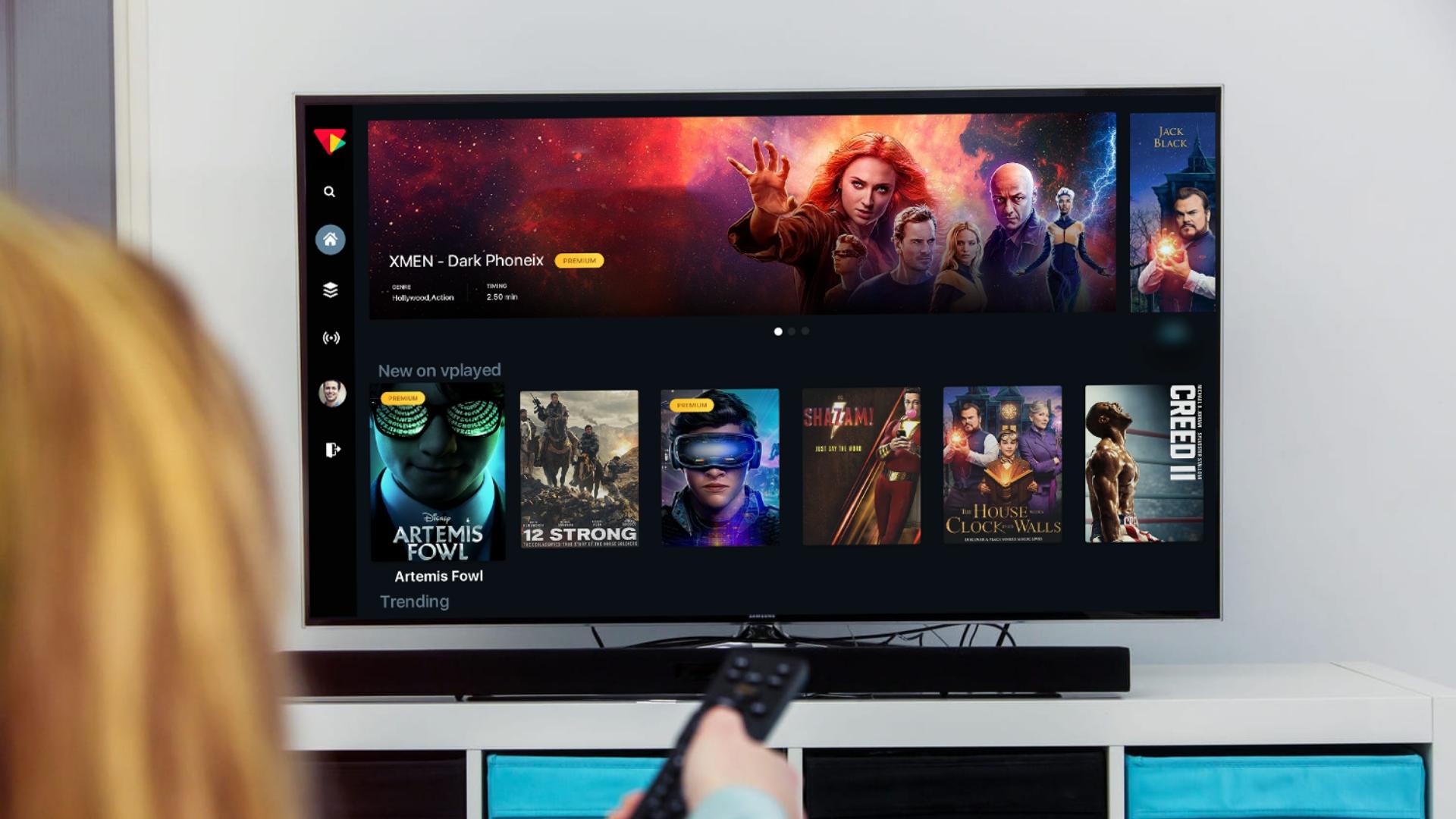Top Guidelines Of Apollo Group Tv
Top Guidelines Of Apollo Group Tv
Blog Article
The Of Apollo Group Tv
Table of ContentsThe Basic Principles Of Apollo Group Tv More About Apollo Group TvThe Greatest Guide To Apollo Group TvThe Only Guide to Apollo Group Tv
In this scenario, instead than having three-minute commercial places during a 30-minute television program, television programming might alter to one where a consumer will certainly be required to have a monthly registration, to make sure that they cen sight targeted banner advertisements. This kind of advertising currently takes place on the net, and the quantity of data tv firms collect allows them to do a lot the same.Describe the impact of enrollers on program material. Define the significant patterns among the broadcasting and cable television networks. When television was in its infancy, manufacturers designed the new tool on radio. Popular radio reveals such as cops dramatization Dragnet and western cowboy series Gunsmoke were adapted for tv, and new TV shows were sponsored by single marketers, simply as radio shows had been.
Today, the television market is much more intricate. Programs are funded by numerous marketers; programming is managed by major media corporations; and the 3 significant networks no much longer control the airwaves but rather share their audiences with countless wire channels. Numerous aspects make up these patterns within the market, including technical growths, government guidelines, and the production of brand-new networks.

What Does Apollo Group Tv Mean?
Even public tv has actually become subject to the influence of marketing. Established in 1969, (PBS) created out of a record by the Carnegie Commission on Educational Tv, which checked out the role of educational, noncommercial television on society. The report suggested that the federal government money public television in order to give variety of programming during the network eraa solution developed "not to offer items" yet to "improve citizenship and public solution (McCauley, 2003)." Public television was also planned to offer global access to television for viewers in backwoods or visitors that could not afford to pay for exclusive tv services.
The period between 1950 and 1970 is traditionally acknowledged as the. Apart from a small portion of airtime regulated by public television, the 3 significant networks (known as the Big 3) dominated the television market, jointly accounting for greater than 95 percent of prime-time viewing. In 1986, Rupert Murdoch, the head of multinational company Information Corp, introduced the Fox network, testing the prominence of the Big 3.
Targeting young and minority audiences with shows such as Buffy the Vampire Killer, Moesha, Dawson's Creek, and The Wayans Bros., the brand-new networks intended to attract stations far from their old network affiliations. However, rather than duplicating the success of Fox, UPN and WB had a hard time to make an impact. Not able to draw in numerous associate stations, both fledgling networks reached fewer homes than their larger rivals because they were inaccessible in some smaller cities.
This choice led the way for the growth of cord movie channels, adding to the rapid growth of cable television in the 1980s and 1990s. apollo tv group. Additional deregulation of wire in the 1984 Cable Television Communications Policy Act removed restrictions on cable rates, allowing operators to charge what they wanted for cable television solutions as long as there was reliable competition to the service (a standard that over 90 percent of all cable markets can fulfill)
Apollo Group Tv Fundamentals Explained

Having created the very first "superstation," Turner expanded his realm by founding 24-hour news network CNN in 1980. At the end of the year, 28 national programming solutions were readily available, and the cable revolution had actually started. Over the following decade, the industry undertook a period of quick growth and appeal, and by 1994 visitors can select from 94 fundamental and 20 premium cable television solutions.
Number 9 - https://www.huntingnet.com/forum/members/apollogtv01.html.16 Raised competitors from cable channels has actually created a constant decline in the networks' target market rankings. Throughout the 1950s, the cost of creating a single tv program raised as shows came to be much longer and manufacturing expenses skyrocketed. Sponsorship on network television shifted from single sponsorship, in which a program was completely supported and produced by one advertiser, to multiple sponsorship, in which marketers got 1- or 2-minute spots on the show
Select one of the Big Four networks and publish out its weekly shows routine. View the network's prime-time programs over the program of a week, keeping in read mind the target market for each show.
Not known Incorrect Statements About Apollo Group Tv

Linear television, usually referred to as traditional program television, encompasses cable television and satellite tv. It's called "direct" because content adheres to a predetermined programming routine, unlike on-demand material which the specific customer decides to enjoy based upon their very own preferences and schedule. When you ask, "What is straight TV?", think about it as the classic method of enjoying television that has actually been around for decades.
Report this page